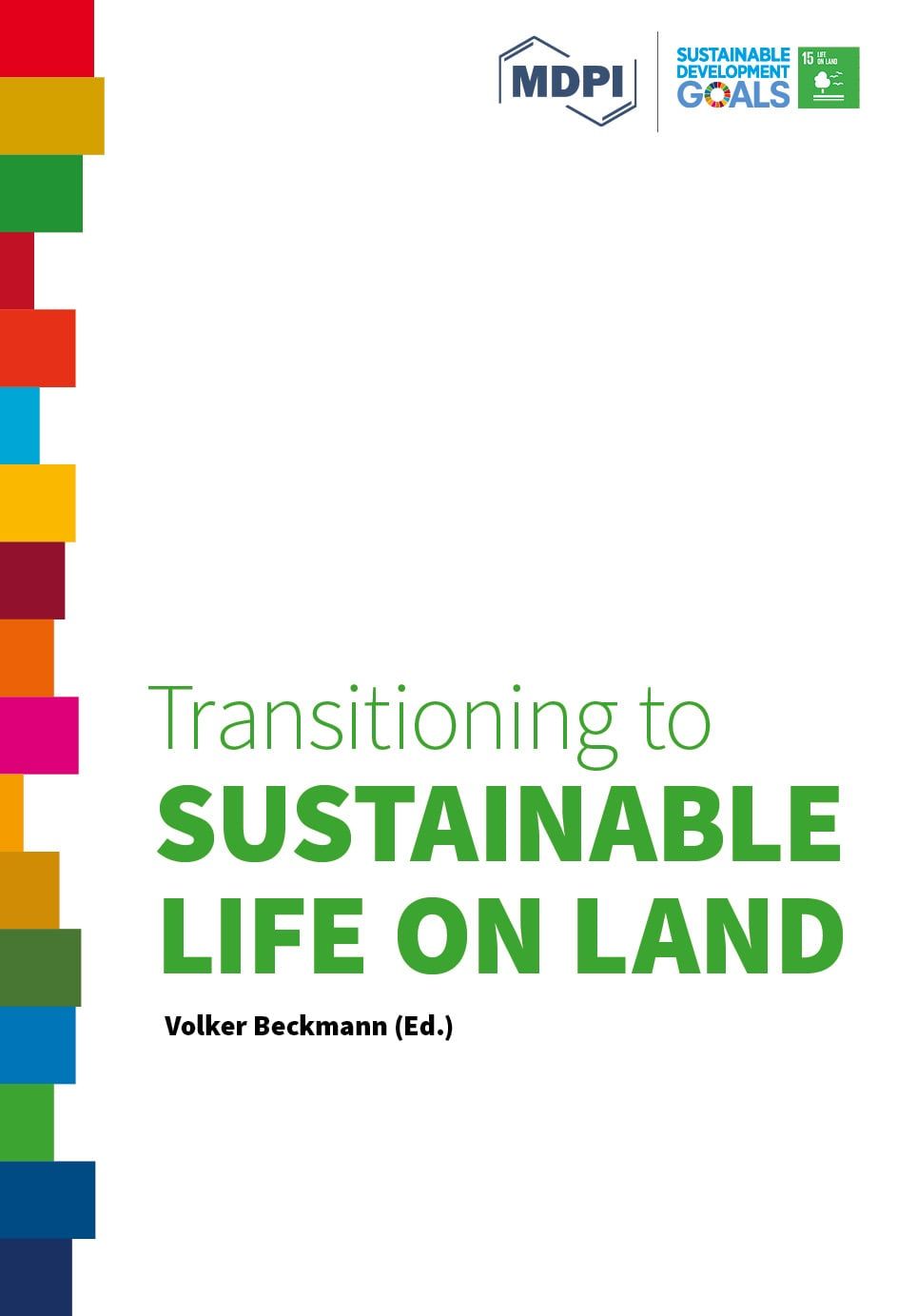Forest Landscape Restoration and Sustainable Biomass Utilization in Central Asia
Forest landscape restoration (FLR) has become an approach that addresses a wide range of landscapes beyond forests as woodlands, and includes restoration approaches like agroforestry. Under the Bonn Challenge, FLR has gained global attention in forest rich as well as forest poor countries, like the countries in Central Asia. Globally, countries have committed themselves to implement FLR on 350 million ha by 2030. FLR, as other restoration efforts, needs to yield income for the people, in particular for rural communities in poor countries. Central Asia is a region that offers abundant places to implement FLR and other restoration and produce biomass in settings that do not displace current land uses as food production. As examples, the following approaches are introduced: agroforestry, land use on saline land, and reed as biomass plant. Among the many possible agroforestry systems, tree wind breaks, in particular from poplars, mulberry, or paulownia, yield timber, but also silk fibers, without competing with other land uses. On saline lands, Kendir and licorice offer opportunities to yield fibers and medicinal raw materials. Reed, finally, yields huge biomass amounts across Central Asia, which is a potential feed stock for paper, paper board, OSB boards, and chemical inputs.
